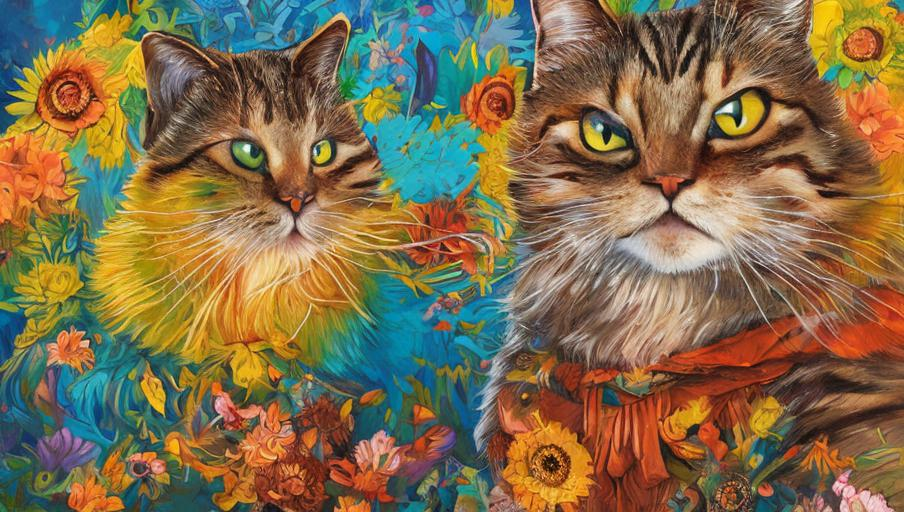Feline Friend or Foe? Exploring Cat Behaviour

Introduction
Cats have long been a part of human history and have been both loved and feared throughout the ages. They have been revered as gods, hunted for their fur, and kept as beloved pets. In more recent times, cats have become an important part of urban ecosystems, providing rodent control and companionship for many people. Despite their ubiquity, there is still much to learn about cat behavior. In this article, we will explore some of the most interesting aspects of cat behavior, both as wild animals and as pets.
Communication
Cats are known to be solitary creatures, but they still have a variety of ways to communicate with each other. Cats use vocalizations, body language, and scent marking to express themselves. Cats will meow, hiss, purr, and growl to communicate with other cats or humans. They will also use body language to indicate their feelings and intentions, such as arching their back, raising their fur, or flattening their ears. Cats also use scent marking to mark their territory and to communicate with other cats.
Feeding Habits
Cats are obligate carnivores, meaning that they need to eat meat in order to survive. Wild cats will hunt small animals such as mice, birds, and lizards in order to survive, while domestic cats are usually fed commercial cat food. Cats have a unique digestive system, which enables them to extract more nutrients from their food than other animals. They also have a very sensitive sense of smell, which helps them to identify their prey.
Social Interaction
Cats are generally seen as solitary creatures, but they still need social interaction in order to stay healthy and happy. Domestic cats can form strong bonds with their owners and will often show affection by rubbing against them or purring. Wild cats are usually more solitary, but they can still form strong social bonds with other cats in their territory. Cats will also play with each other, which helps them to develop important skills such as hunting and defending themselves.
Playtime
Playtime is an important part of a cat’s life, and it helps them to stay active and healthy. Cats have a variety of toys that they can play with, such as balls, catnip mice, and scratching posts. Playing with cats can also help to build a strong bond between them and their owners. It is important to provide cats with plenty of opportunities to play in order to keep them happy and healthy.
Shelter and Safety
Cats need to feel safe and secure in order to be happy and healthy. Wild cats will usually find shelter in caves, hollow logs, and thickets, while domestic cats will often need to be provided with a safe and secure indoor environment. It is important to provide cats with a safe and secure environment in order to keep them happy and healthy.
Conclusion
Cats have been part of human life for centuries, and they have a complex behavior that is both fascinating and mysterious. Understanding cat behavior is key to providing cats with a safe and loving environment and to build strong bonds with them. Cats need to feel safe and secure in order to be happy and healthy, and it is important to provide them with plenty of opportunities to play and interact with other cats. With the right care and attention, cats can be wonderful companions and a source of joy for many people.





